Description: The Irish Setter is an active dog that has been used bird hunting for a long time. The dog height is 26-28 inches, with the bitch being 24-26 inches. The weight of the dog is 65-75 pounds, with the bitch being 55-65 pounds. This breed has a long but lean head. The Irish Setter skull is oval in shape. The muzzle is slightly deep and its teeth should meet in a scissor bite. The nose colour is black or brown; this is dependent on the coat colour. It has almond shaped eyes that are medium to dark brown, these are wide set. This dog has triangular ears that are set low and are thin, hanging close to the body. It has strong legs that are straight with arched toes. The Irish Setter tail nearly reaches the hocks and has feathering to the fur. The body has even longer feathering to the back of the legs, tummy, and brisket that extending to the chest. The colours, we see are rich chestnut to a deep mahogany. A small amount of white is permitted if on the toes, throat or chest.
History: The Irish Setter has come from a mix with Irish Terrier, English Setter, Pointer, Irish Water Spaniel and the Gordon Setter. This breed was, at first, a mixture of red and white colours and they were shorter. This breed was referenced in the Latin book Caius's De Canibus Britannicus in 1570. This made the reference to the breed as being a dog for bird fowling. This was not the dog we see today, but it was the dog of the gene pool for this breed. By the 18th century, this dog had come into its own. The standards for this breed came around in 1886. This breed is renowned for being a tireless, wide ranging hunter and is suited to wet and dry lands. This breed has an extraordinary ability to sense the location of birds. They will hold a pointing position, indicating the direction for the hunter. The Irish Setter dog suffered from over breeding in the 1960s and 70s, which combined with ignorance on how to look after this dog gave the Irish setter a reputation for being over excitable and very stupid, in fact the Irish setter is highly intelligent. It is easily trained and is a good all-round hunting dog.
Temperament: Here we have an intelligent, energetic, dog that loves affection and is full of energy. This breed of dog has no guardian instincts but will get along well with all other pets and children. Coming from a working dog background the Irish Setter requires mental and physical exercise daily or may become destructive, impulsive, and independently spirited. Combined with their energy, this is not desired effect. The Irish Setter dog will require a firm but fair, owner that is willing to be leader of the pack. If this breed senses a weak owner they become exceptionally hard to train. This dog requires plenty of exercise and a firm approach to training, training needs to start when the puppy is young. There are two types within this breed, the field line and the show line. Both types of dog are highly energetic, but it is probably better to think about having a dog from the show line, if you require this breed as a pet, as the show line are slightly less active. The Irish Setter dog is highly reactive to how it is treated and to what type and how much exercise they are given. To gain the best from this breed will require consistent firm, but not harsh training, with plenty of exercise.
Health issues: The Irish Setter has a problem with bloat, and it is wise to feed this dog two to three small meals a day instead of one large one. This dog can have eye problems such as PRA, autoimmune disease, and skin allergies, epilepsy and elbow and head dysplasia. Check often for ear infections and inflammations.
Grooming: An Irish Setter will need daily grooming but this is all that is needed to keep the coat in good condition. This is an average shedder.
Living conditions: This breed is not good for apartment living, except if the owner is an exceptionally active person that takes the dog on long jogs or bike rides. The Irish Setter needs a large garden.

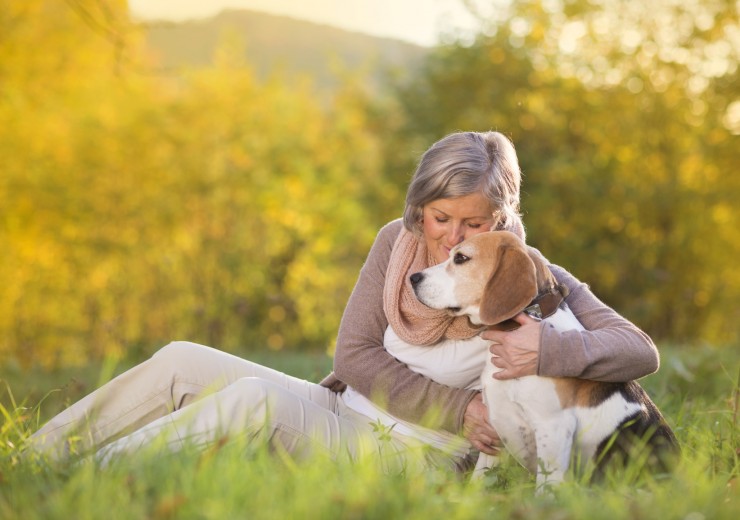 5 Great Dog Breeds To Share Your Retirement Years With
5 Great Dog Breeds To Share Your Retirement Years With
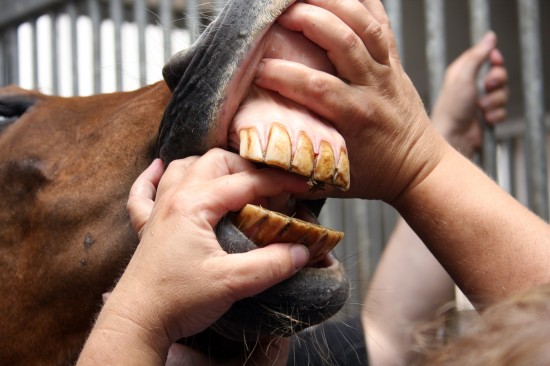 The Equine Dentist - Why Do I Need A Dentist For My Horse?
The Equine Dentist - Why Do I Need A Dentist For My Horse?
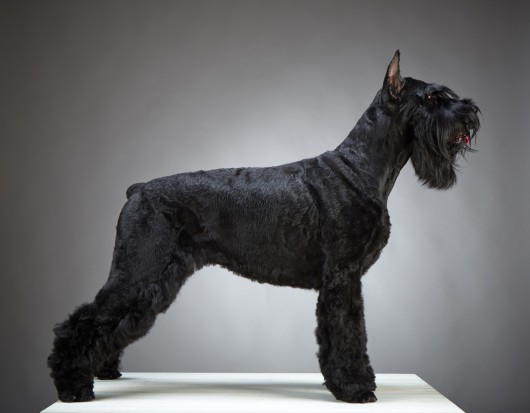 Avoiding Hereditary Health Problems When Breeding Pedigree Dogs
Avoiding Hereditary Health Problems When Breeding Pedigree Dogs
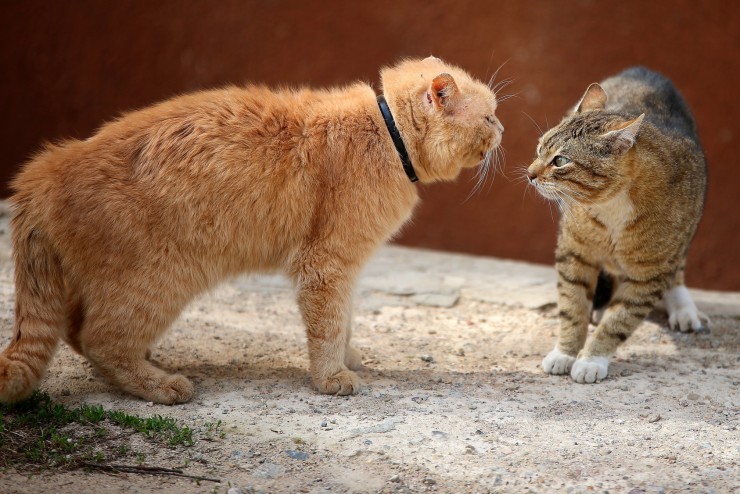 What To Do If Your Cat Fights With Other Cats
What To Do If Your Cat Fights With Other Cats
 Black Mould Toxicity In Dogs
Black Mould Toxicity In Dogs
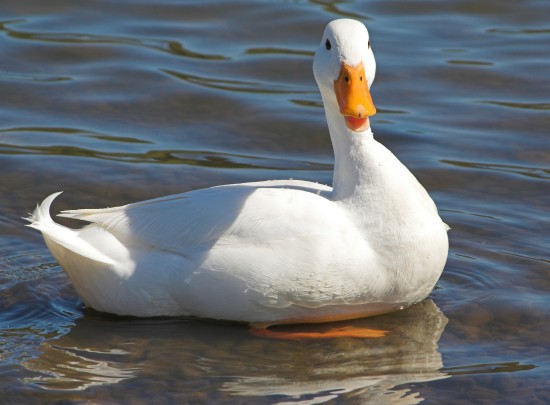 5 Duck Breeds That Are Great To Keep In The Garden
5 Duck Breeds That Are Great To Keep In The Garden
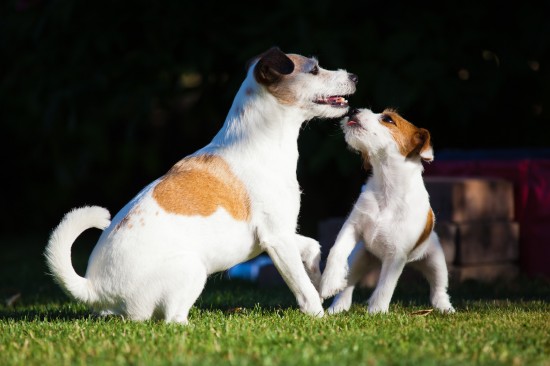 How To Keep Your Puppy From Harassing Your Adult Dog
How To Keep Your
How To Keep Your Puppy From Harassing Your Adult Dog
How To Keep Your
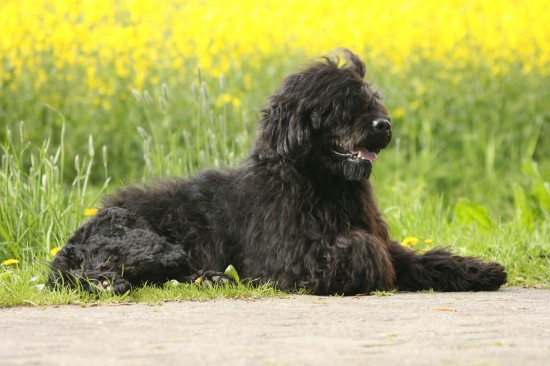 Ten Of The Best Dog Breeds For Allergy Sufferers
Ten Of The Best D
Ten Of The Best Dog Breeds For Allergy Sufferers
Ten Of The Best D
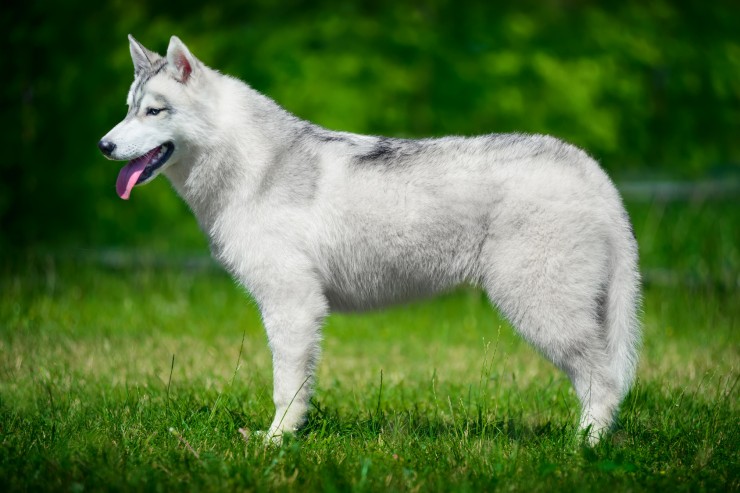 A Few Myths About The Siberian Husky Dispelled
A Few Myths About
A Few Myths About The Siberian Husky Dispelled
A Few Myths About
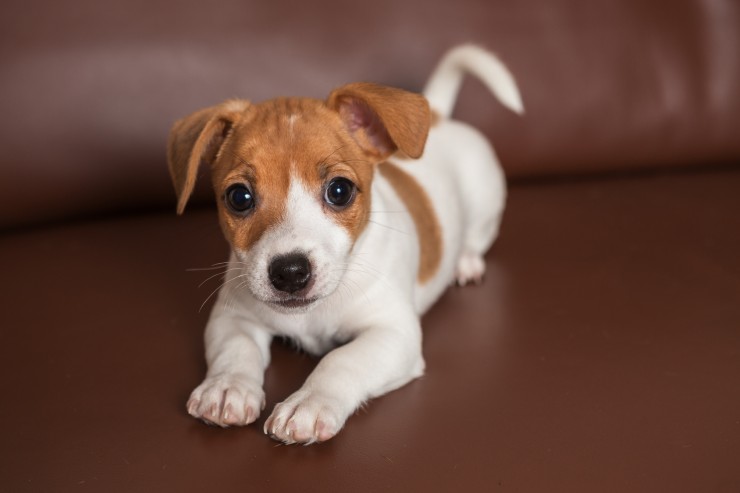 Additional Dog Care Factors To Bear In Mind If You Live In A Flat
Additional Dog Ca
Additional Dog Care Factors To Bear In Mind If You Live In A Flat
Additional Dog Ca
 dry Eye In Dogs
dry Eye In Dogs
dry Eye In Dogs
dry Eye In Dogs